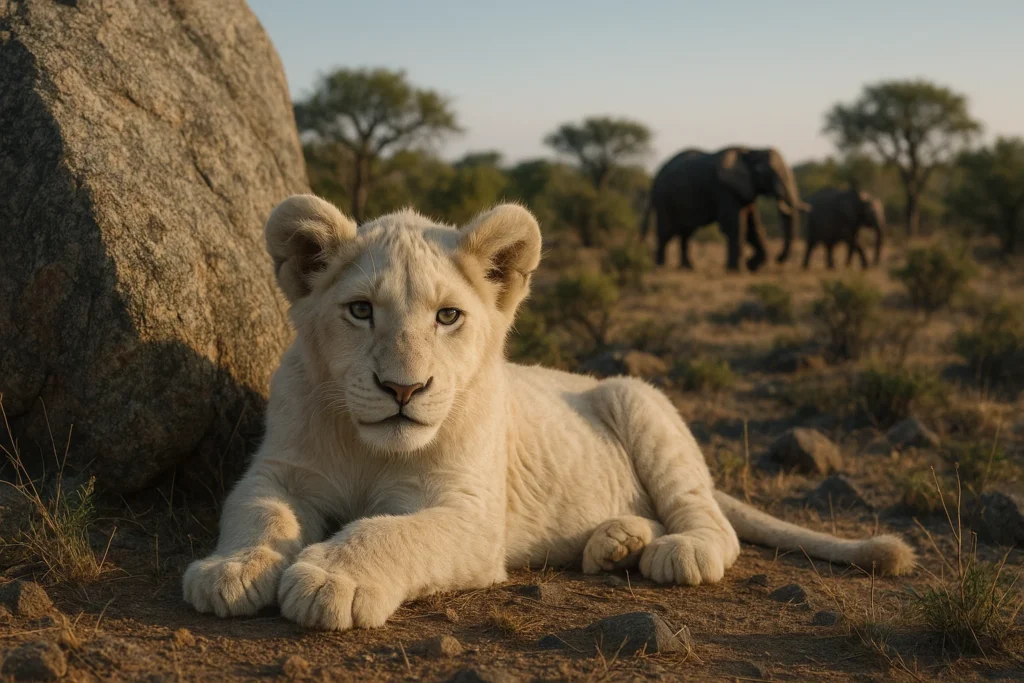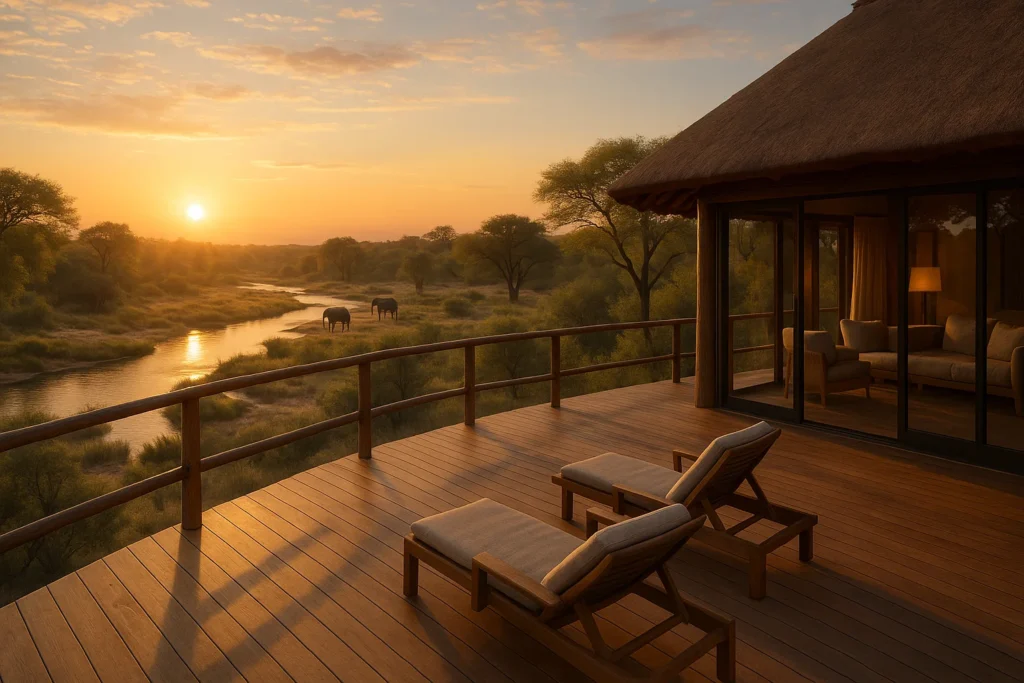Lake Nakuru National Park sits about 160 km (100 miles) northwest of Nairobi, accessible via the well-maintained A104 Nairobi–Nakuru Highway. The drive typically takes 2.5 to 3 hours, depending on traffic and road conditions.
Self-Drive Option: Freedom & Adventure
Pros
- Flexibility: Set your departure time, stop when you like (e.g., for Rift Valley views), and explore the park at your own pace.
- Scenic Detours: Choose the scenic route via Lake Naivasha and Elmenteita for additional views and attractions.
- Cost Control: Manage your own expenses—fuel, park fees, and any personal stops.
Tips & Considerations
- Vehicle recommendation: A 4WD is advisable, especially during rainy seasons, to handle slippery or muddy park tracks.
- Navigation: GPS is helpful, though road signage is generally clear. Carry local currency for tolls or snacks.
- Access details: The park’s main gates (Main Gate, Lanet Gate) are just off the A104.
Guided Tour Option: Convenient & Insightful
Pros
- Door-to-door service: Most tours include early morning pickup from your Nairobi hotel—and return drop-off.
- Expert knowledge: Guides know the best vantage points for rhinos, flamingos, and scenic spots like Baboon Cliff and Makalia Falls.
- Maximized time: Skip navigation and focus on wildlife and landscape appreciation. Many full-day guided safaris include morning and afternoon game drives and stops along the Great Rift Valley escarpment.
Cons
- Less flexibility: Tours follow a set timetable and itinerary.
- Higher cost: One-day guided tour rates typically range from USD $168 to $205+ per person, depending on shared or private options.
Comparison Table
| Feature | Self-Drive | Guided Tour |
|---|---|---|
| Flexibility | High – your schedule, stops, and route | Low – fixed itinerary, itinerary-based timing |
| Convenience | Requires planning, driving, navigation | Includes pickup, guide, and logistics |
| Cost | Varies (fuel, rental, entry fees) | Set per-person rate (e.g., $168–$205+) |
| Scenic opportunity | Choose detours (Naivasha, Rift Valley views) | Usually includes scenic stops |
| Wildlife insights | Based on your research | Expert commentary and wildlife spotting skills |
| Vehicle type | Your responsibility (4WD recommended) | Provided by operator |
When to Choose Which?
Opt for self-drive if you:
- Enjoy the freedom to explore independently.
- Are comfortable driving, navigating, and handling logistics.
- Value customizing your path and timing.
Choose guided tour if you:
- Prefer an all-in-one experience with minimal planning.
- Want professional wildlife spotting and deep local insight.
- Wish to maximize time, especially in a one-day visit.
Additional travel tips
- Start early: Leave Nairobi by 6:00 AM to avoid traffic and maximize wildlife viewing.
- Best time to go: Dry seasons (Jan–Feb and Jun–Sep) offer the best road conditions and visibility.
- What to see: White and black rhinos, Rothschild’s giraffes, lions, buffaloes, zebras, flamingos (seasonal), and more.
- Entry times: The park opens at 6:00 AM and closes at 6:00 PM.
Must-Know Travel Tips
- Stop en route: Both options allow a pause at the Rift Valley viewpoint—an unforgettable frame for your safari memories.
- Wildlife highlights: Expect to encounter pink and greater flamingos, white rhinos, Rothschild’s giraffes, lions, and frequent birds like pelicans and kingfishers.
- Seasonal note: Some years bring changing conditions—like rising water levels affecting infrastructure and flamingo distribution—so checking recent updates is wise
FAQs
Yes, the road is paved and frequently used, though it’s best to avoid night driving.
Absolutely. Many rental agencies offer 4WD vehicles suited for national parks.
Not for entry, but hiring one can greatly enhance your wildlife spotting experience.
About 170 km; allow at least 3.5 hours if traveling directly from Jomo Kenyatta International Airport.
Yes, it’s a popular full-day trip from Nairobi—especially with an early start.
Yes. Naivasha and Gilgil offer fuel stations, shops, and cafes.
It’s not mandatory, but advisable during peak seasons or public holidays.
Flamingo numbers fluctuate due to water levels and food availability—check before your visit.






